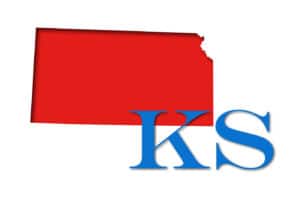HUD has released an initial progress report on the Rental Assistance Demonstration (RAD). This report examines how RAD has transformed the public housing landscape and the new opportunities RAD has created for PHAs to improve the physical and financial condition of public housing as well as how RAD has helped PHAs preserve units over the long term and the program’s impact on residents.
The RAD program allows public housing properties to convert to project-based Section 8 Housing Assistance Payments (HAP) contracts, giving public housing authorities (PHAs) more flexibility to access private and public funding sources to augment insufficient direct appropriations.
The analysis finds that PHAs have shown great interest in RAD, with HUD having approved RAD applications covering approximately 60,000 public housing units. The approved RAD applications have proposed significant leveraging of private and public funding sources; they would raise $19 in investment capital for every dollar of public housing funds used for development and construction. As of August 2014, 57 RAD projects covering 5,052 public housing units have “closed”; that is, all sources of financing have been approved and the Section 8 HAP contract has been executed. Where applicable, PHAs have commenced construction and rehabilitation of these units. While promising, there are still an additional 685 applications (116,025 units) on the RAD waiting list, which represents about 10 percent of the nation’s public housing stock. There is currently a cap on the number of units under RAD’s authorizing legislation, so these applications on the waiting list cannot participate in the program unless Congress lifts the cap or increases the number of units eligible for the program.



